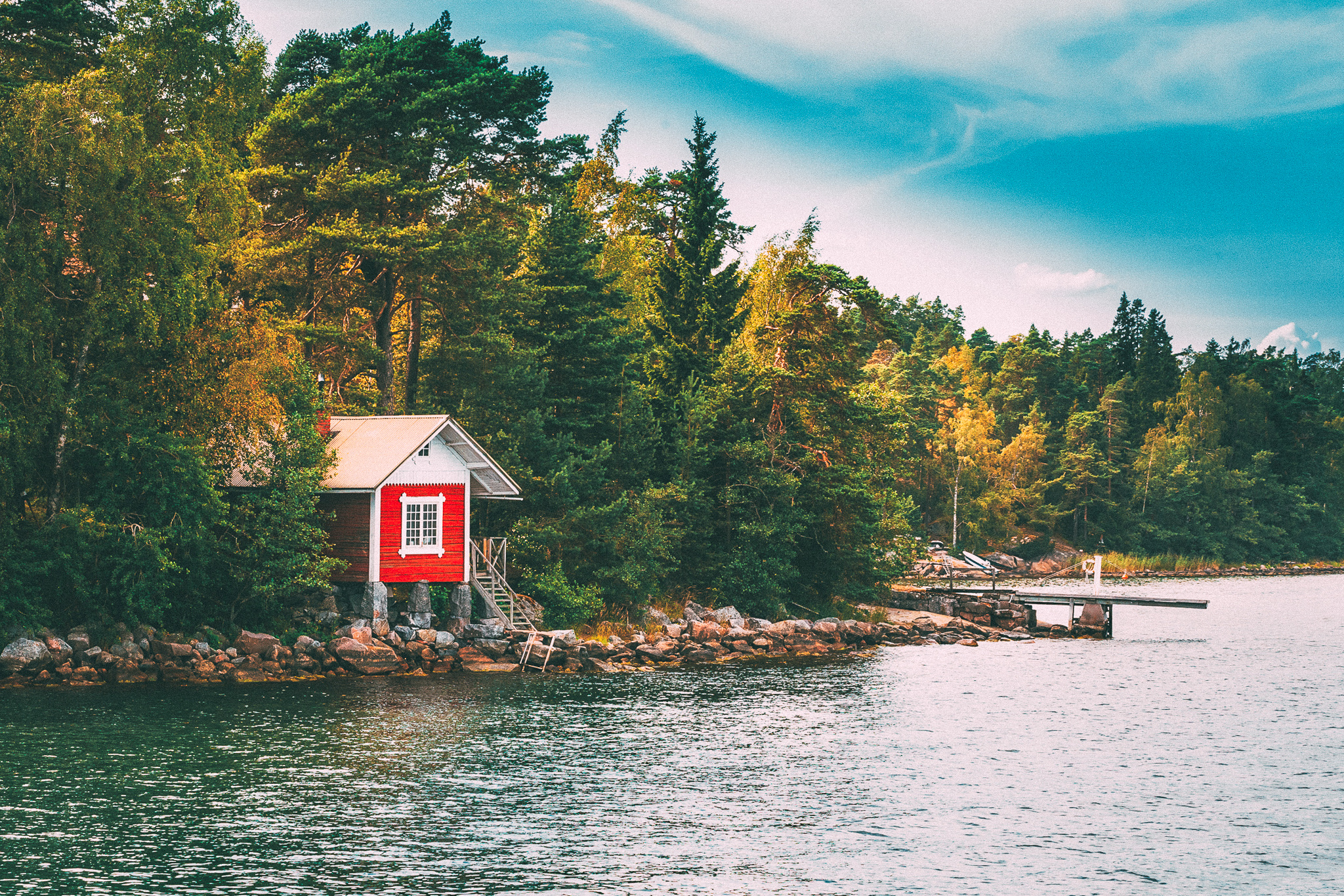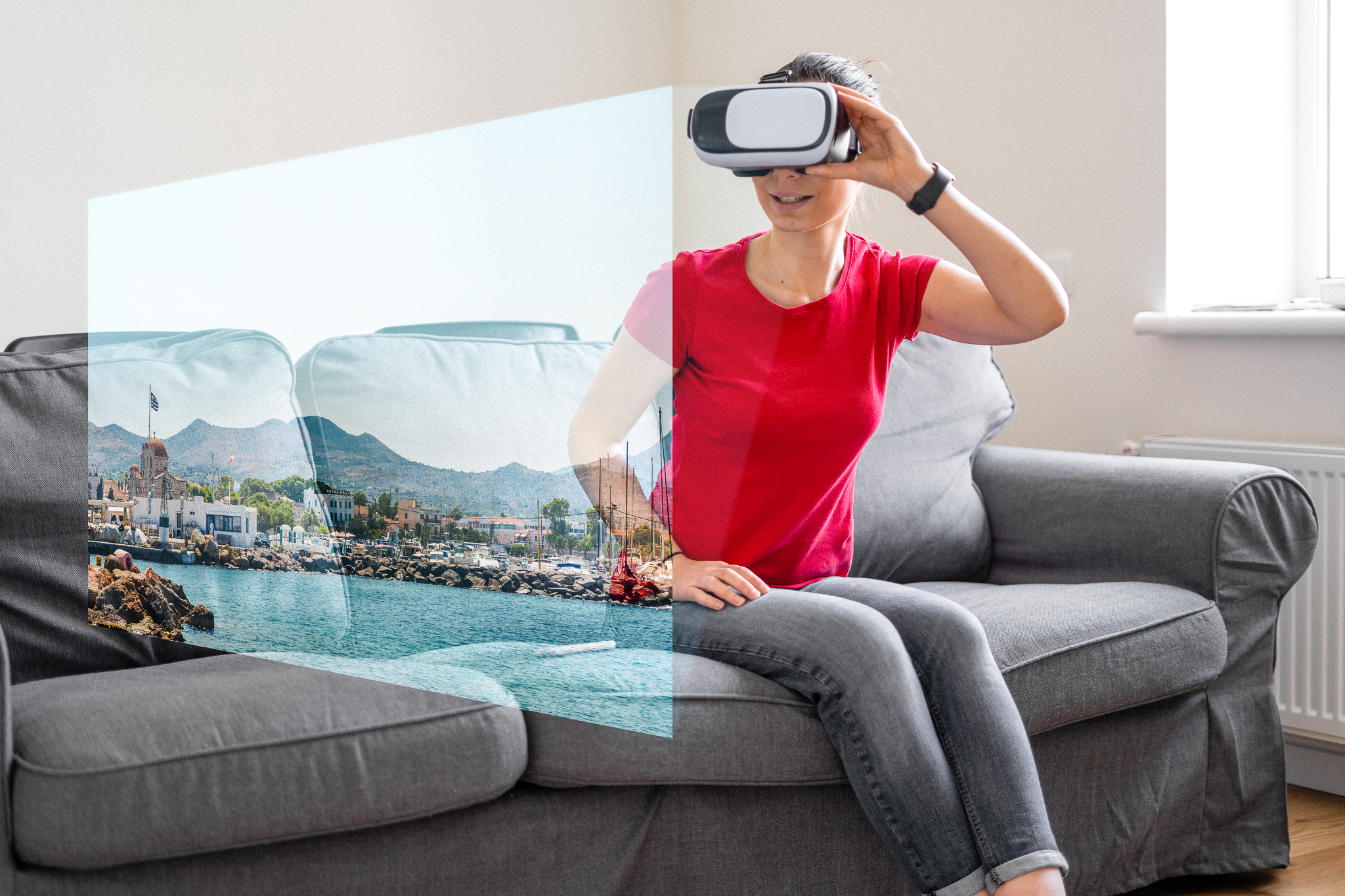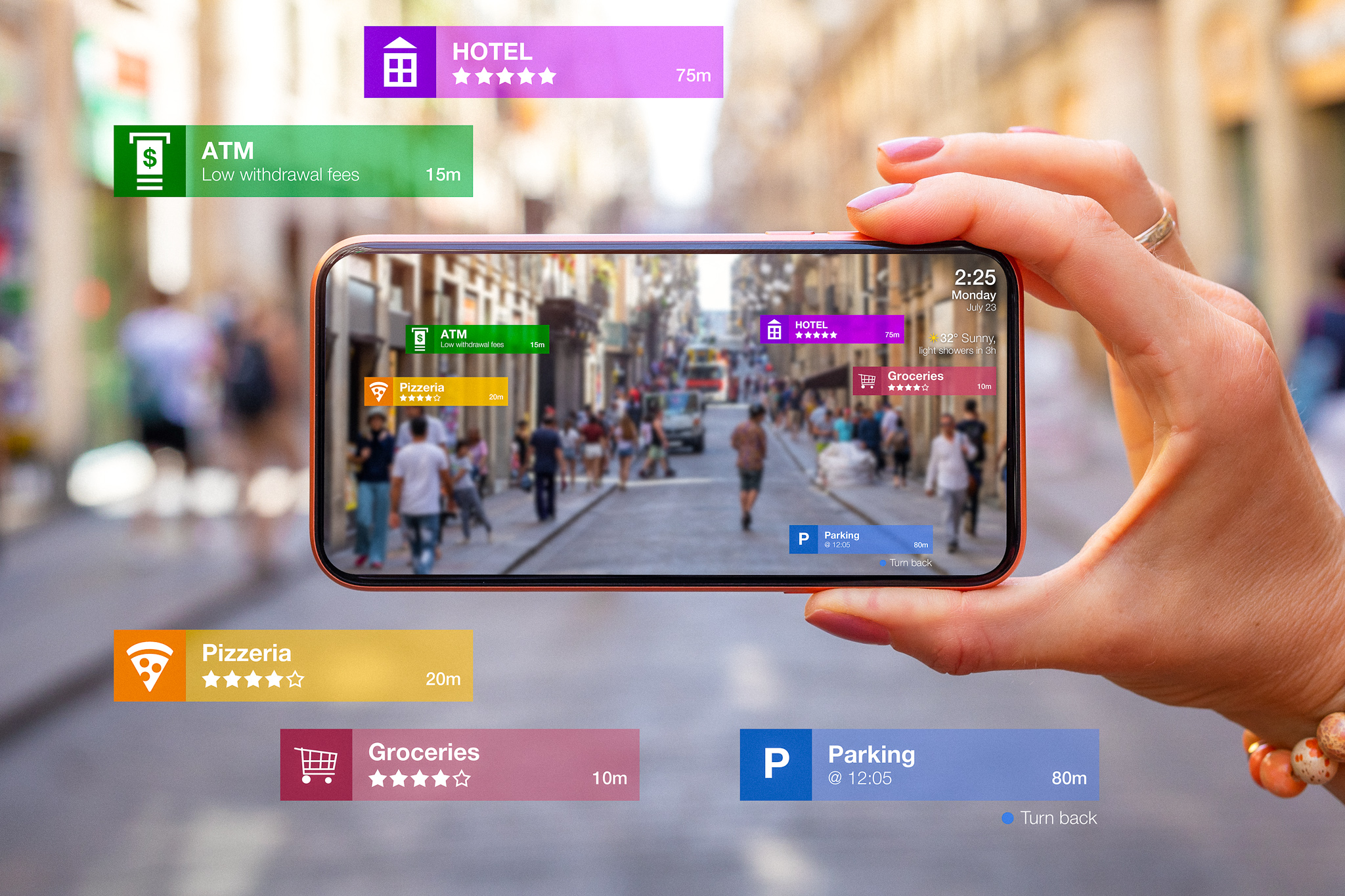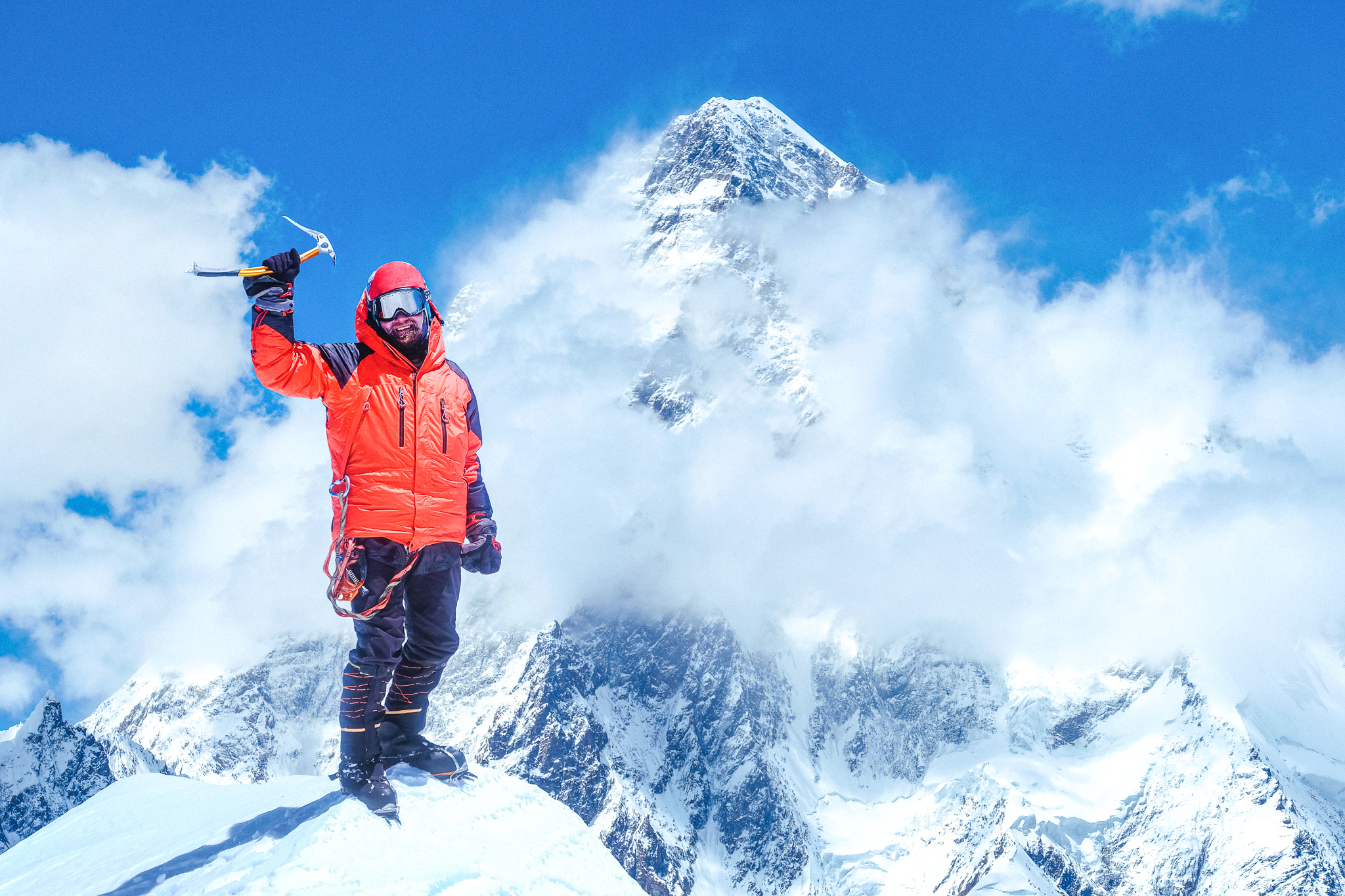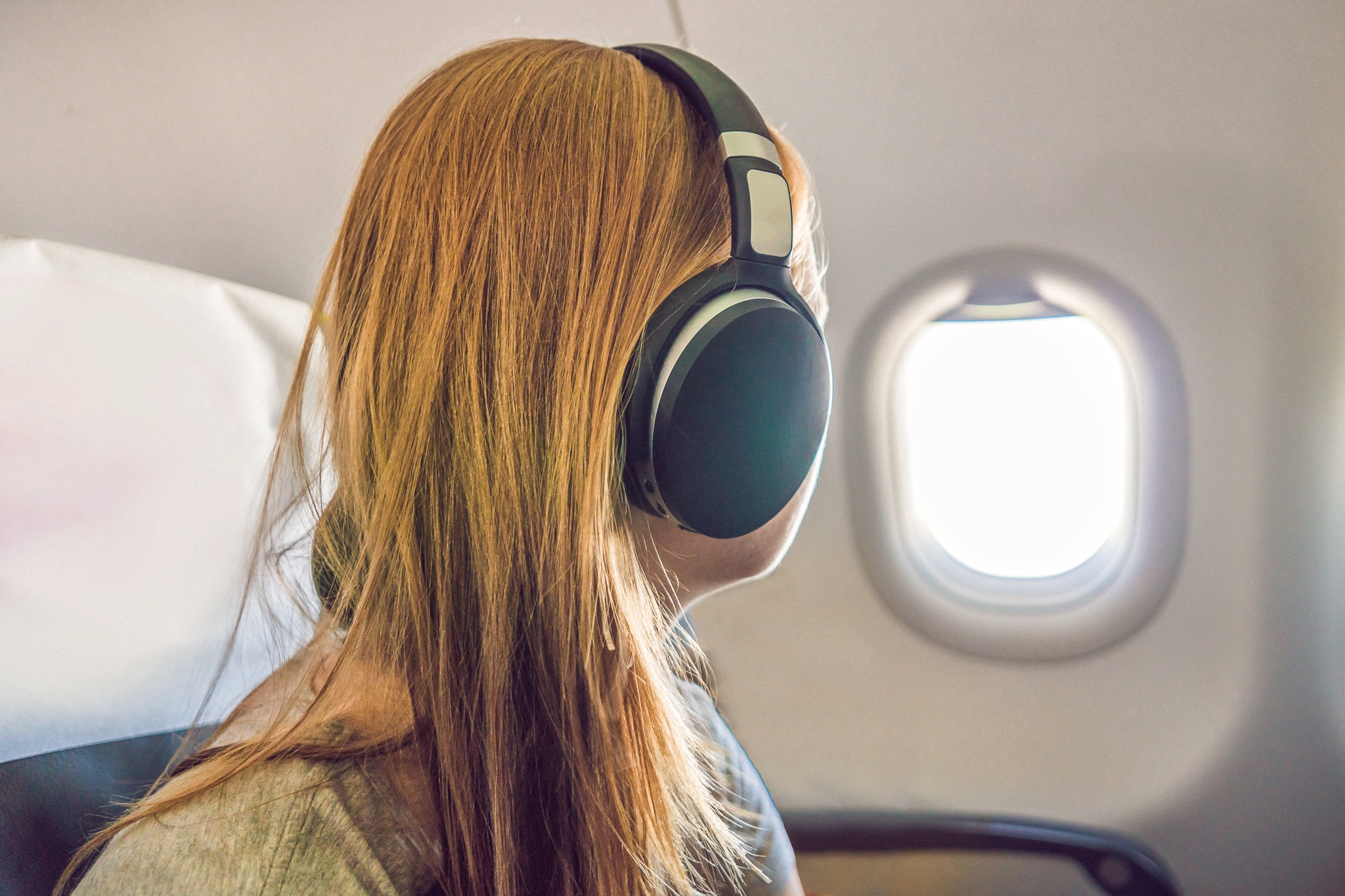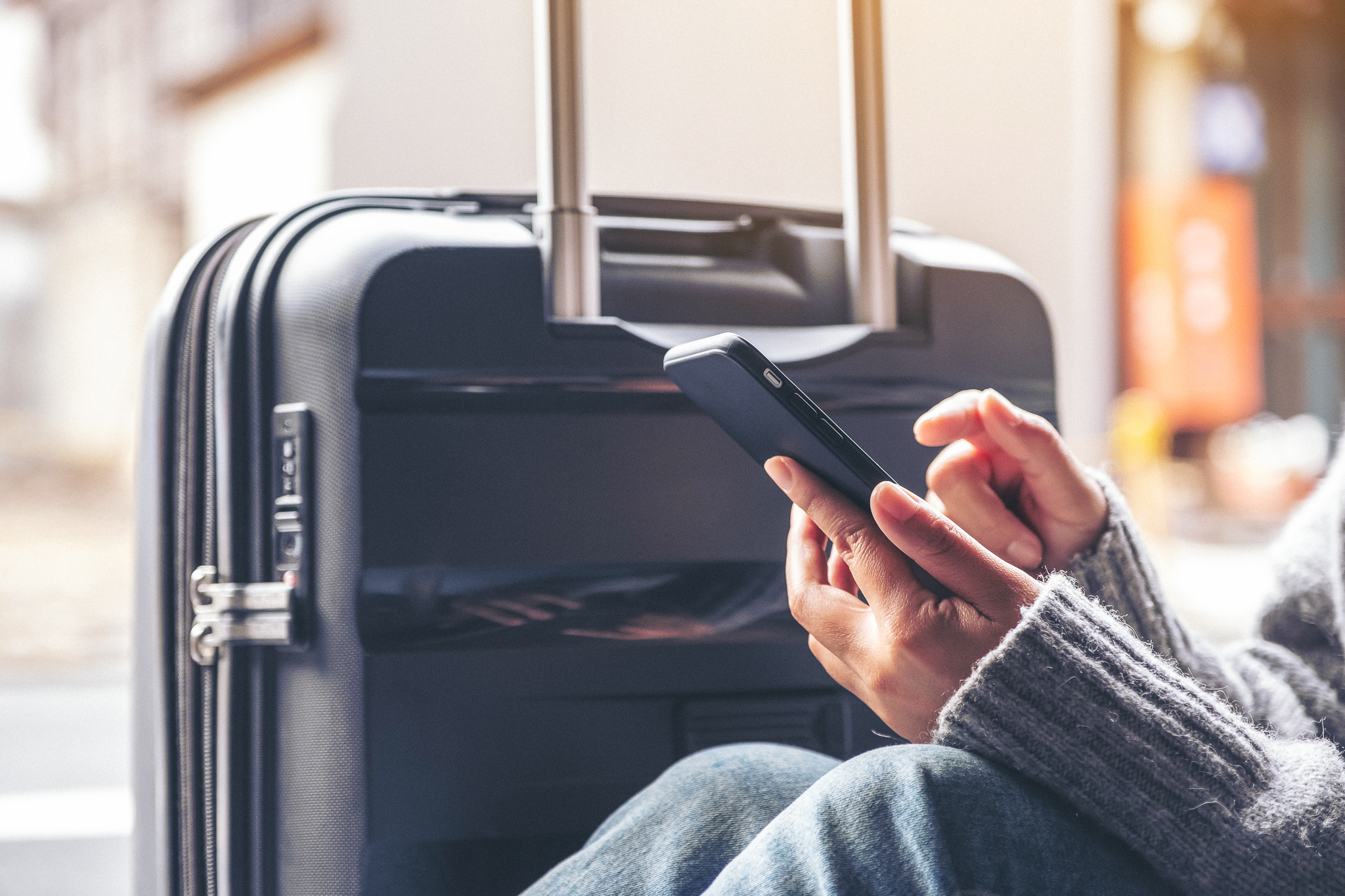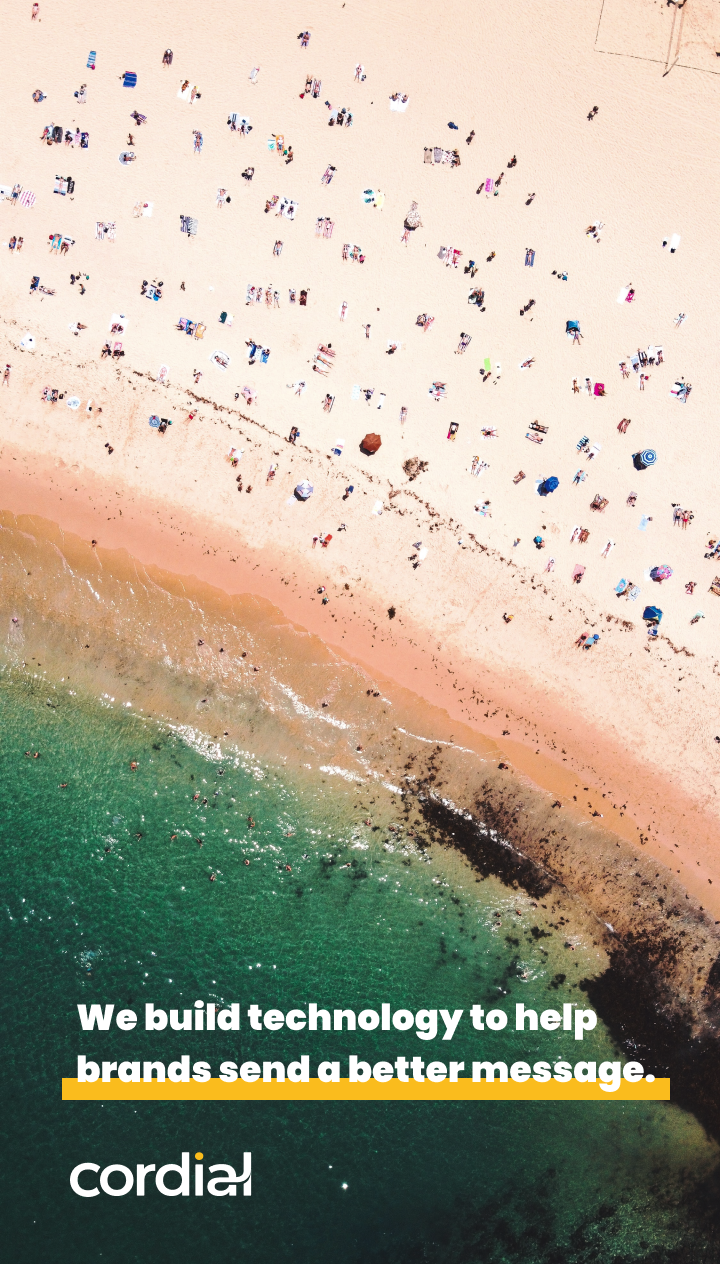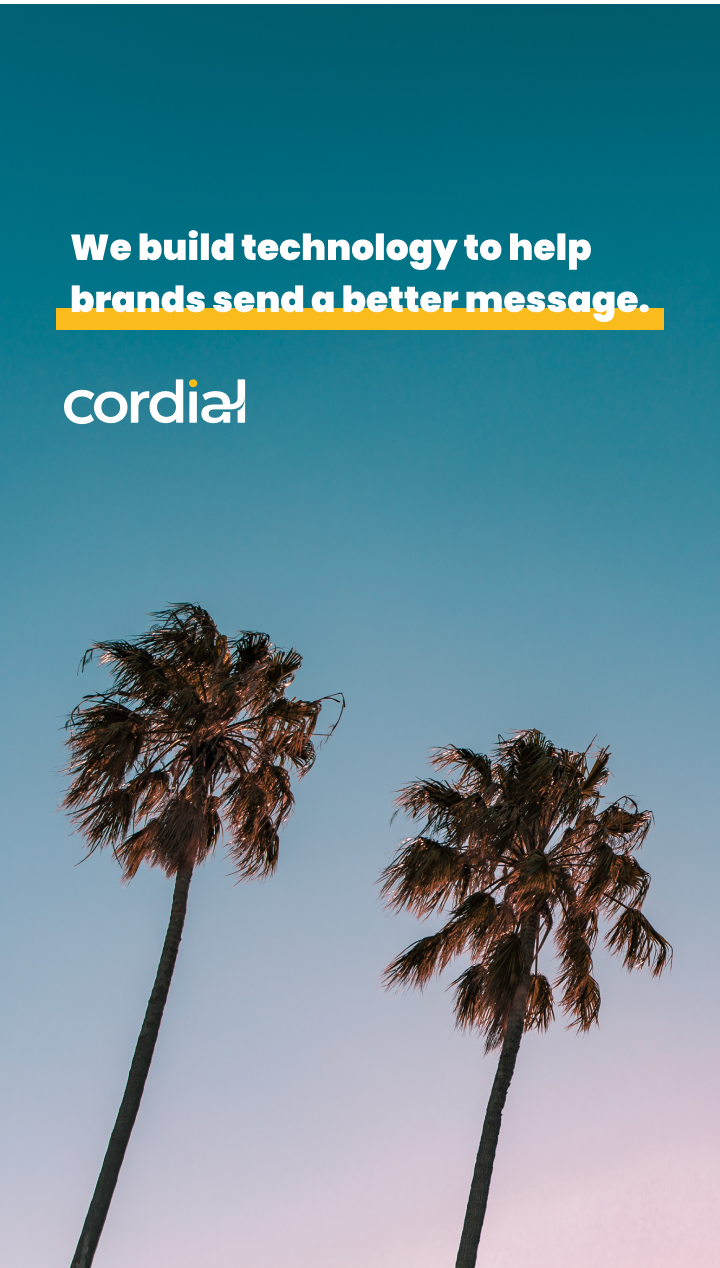The phrase “off the grid” is not yet universally understood. Off-grid actually means off the electricity grid, i.e., a location that is self-sustaining — it uses solar, wind, hydro or other means of power. Some locations are so far flung as to not be accessible by car, so you may need to hike or arrive by boat. Off-grid doesn’t have to mean primitive as can be, either: although only one of the following destinations brags of having high thread-count sheets, most are still luxurious in scaled-down ways.
Sadie Fjord
Sadie Cove’s Wilderness Lodge can only be accessed via boat, float plane, or helicopter. The lodge was built in the mid-1970s from hand-milled driftwood and is powered completely by wind and hydro power.
The Australian Outback
Willis’ Walkabouts offers trips through the remote outback from three days to six weeks long. Sal Salis wilderness camp at Ningaloo Reef is on a remote Western coral coast, in the dunes of Cape Range National Park. The completely solar-powered accommodations consist of just nine tents that offer “wild bush luxury”.
Chumbe Island
Solar-powered Chumbe Island Coral Park resort has nophones, TV, or Internet, but the seven thatched-roof “eco bungalows” do have hot and cold running water. Water supply is collected from rainwater, then filtered for use, and the bathrooms have composting toilets. The island’s big local draw for eco-tourists is the coral park including a reef sanctuary and a closed forest reserve.
Caribbean Jungle
The Rosalie Forest eco lodge offers cottages, an apartment, and bamboo tree houses, all powered by wind turbine. Water is plentiful via a filtration system in each room, but power is a limited resource. “If the power is not always working in the forest, we will provide lamps,” the lodge’s website says.
Village of Muang Ngoi Neua
The quiet village of Muang Ngoi Neua is accessible only by boat, and its only vehicles are two-wheeled. It’s one of those open secrets known to backpackers, who spend their visit hiking in the mountains, swimming, exploring caves, or in hammocks. Many locals have adapted to the tourism with many turning their homes into guest houses.
The Andes Mountains
The hydro-powered La Confluencia Lodge is located on an organic farm in the Andes, in the 150,000-acre Rio Azul Protected Wilderness Area. The only vehicular access is a rough four-wheel drive trail that’s often impassable in winter. On site are accommodations for a maximum of 14 guests, a wood-fired log sauna and cold plunge, and two cedar hot tubs.
Likoma Island
The Kaya Mawa eco-lodge in the 365 mile-long Lake Malawai consists of seven cottages, and one even more secluded honeymoon island. There are no cars and the only way back to the mainland is a 45-minute walk away. Other than the local people-power, the whole operation runs on wind and solar power.
Gobi Desert
The Three Camel Lodge is a solar- and wind-powered lodge in the Gobi Desert. Each ger is heated by a wood stove and outfitted with a wood-framed bed. The lodge’s restaurant (made from unprocessed natural stone and built by locals) serves locally grown fruits and vegetables as well as meats from local free-range livestock.
Koh Phra Thong Island
Self-generated electricity is only available to homes from 6–11 pm, and most staffers are local. Only two houses have hot water (heated through solar power), and filtered rainwater is used for drinking. The zero-waste kitchen composts and uses organic produce from the gardens.
Little Palm Island
The Little Palm Island Resort & Spa consists of 30 oceanfront thatched roof bungalows across 5-1/2 acres, with no phones, no televisions, and no children under 16. Food emphasizes local ingredients, and utilizes key limes and herbs grown on the island. Wi-fi is available in the Great Room—if you must.

